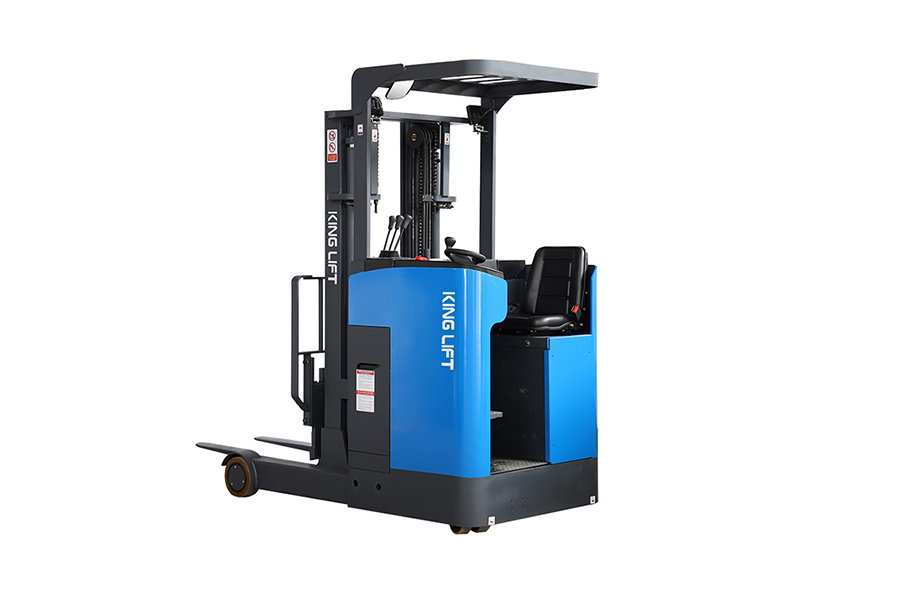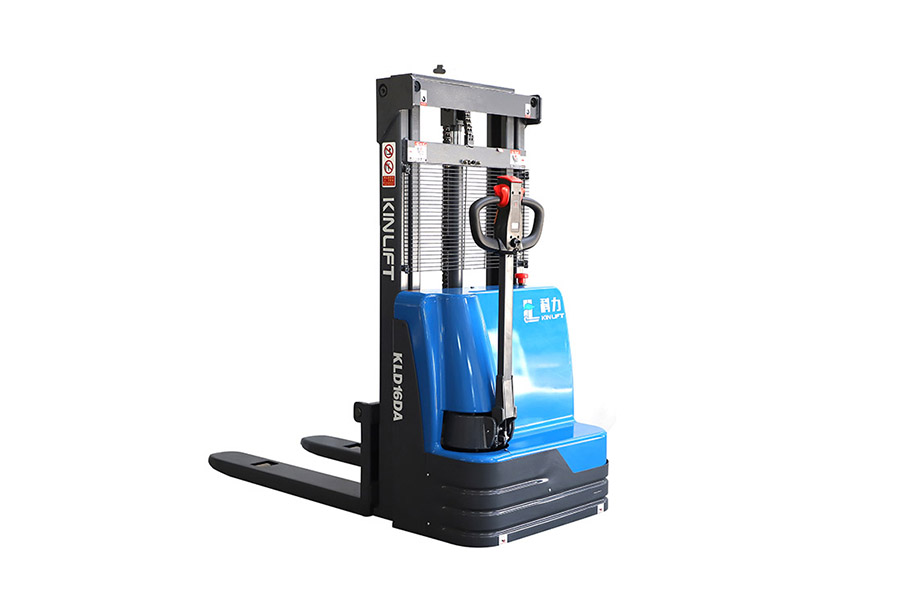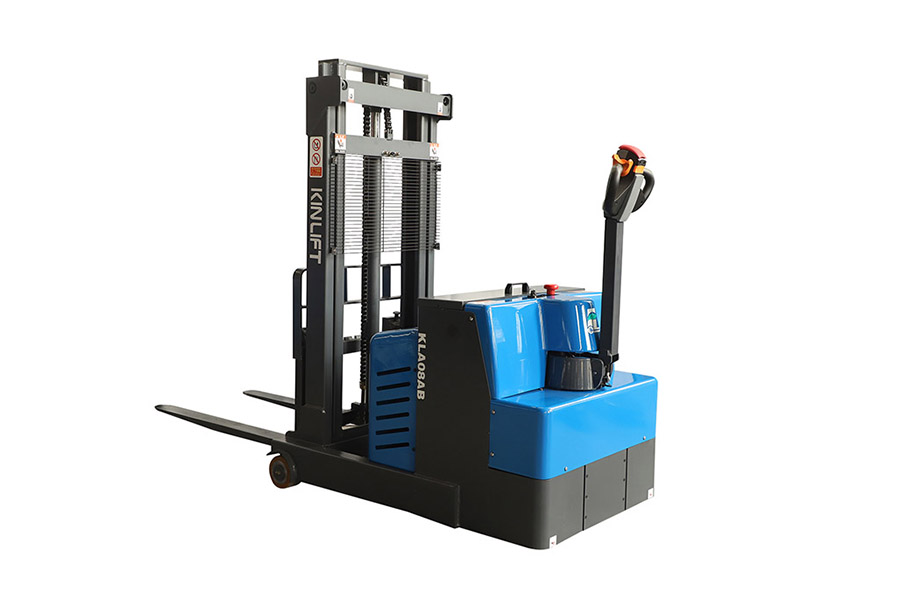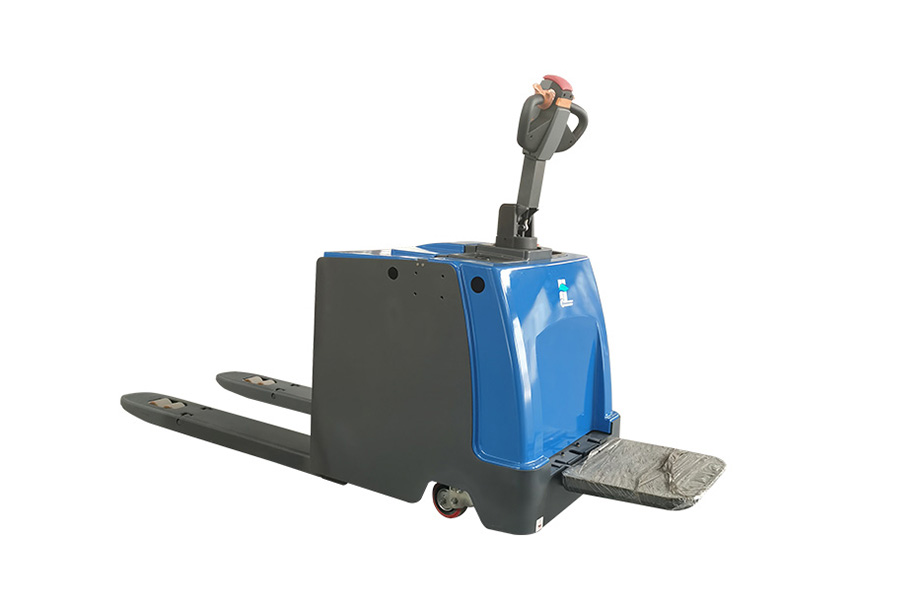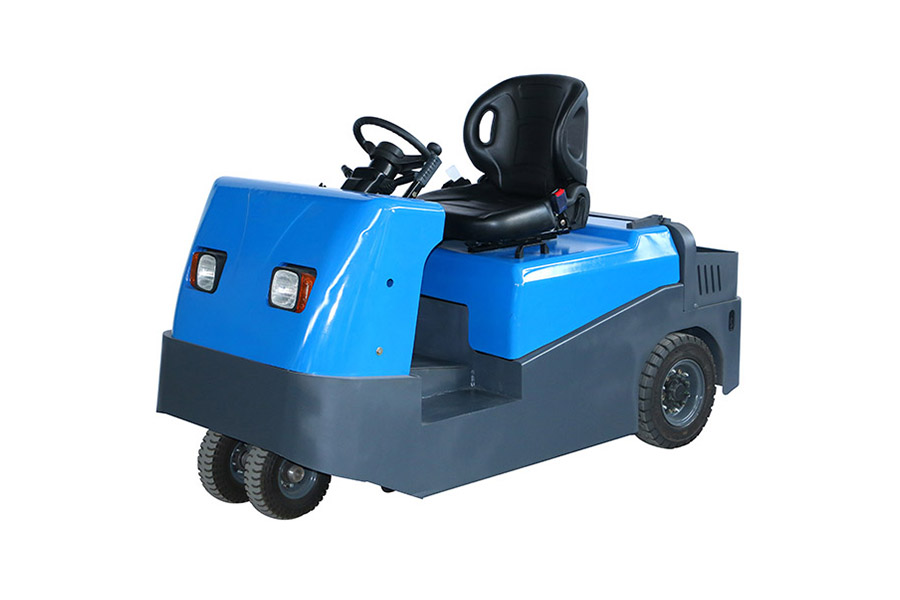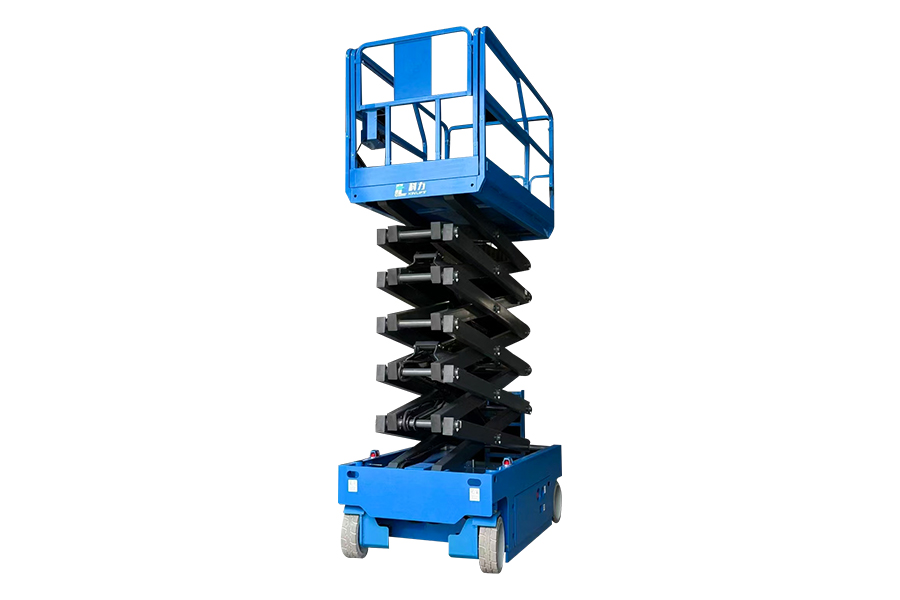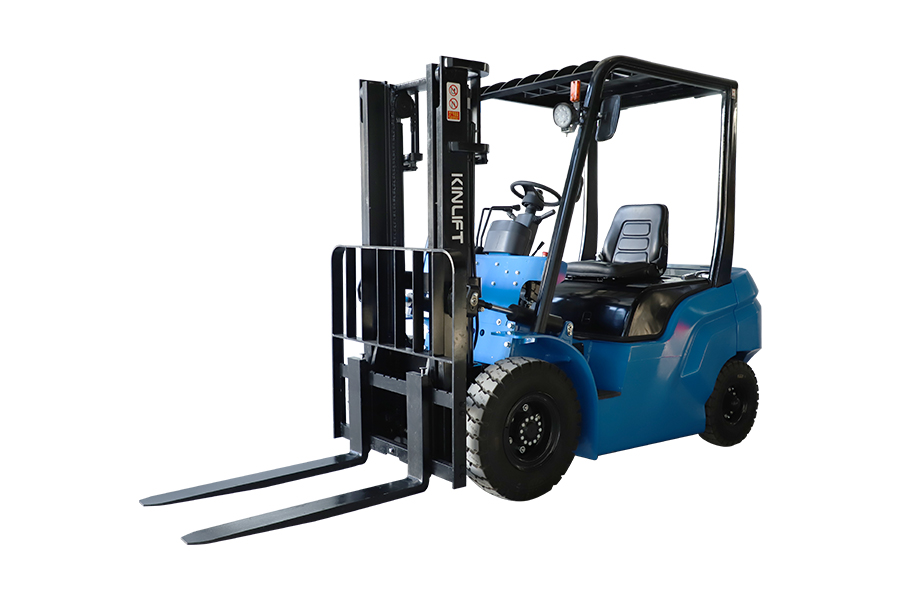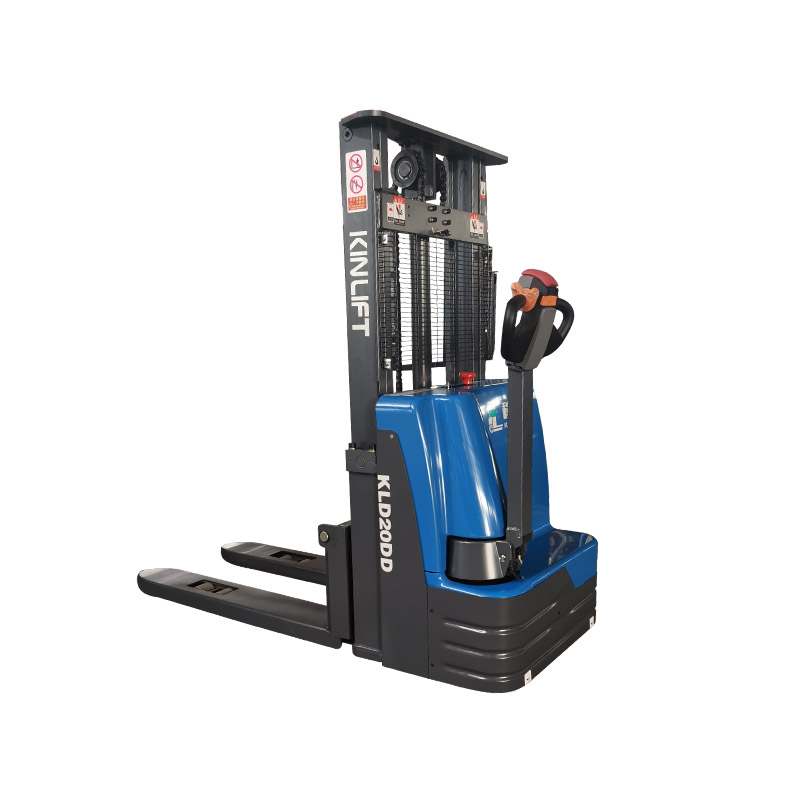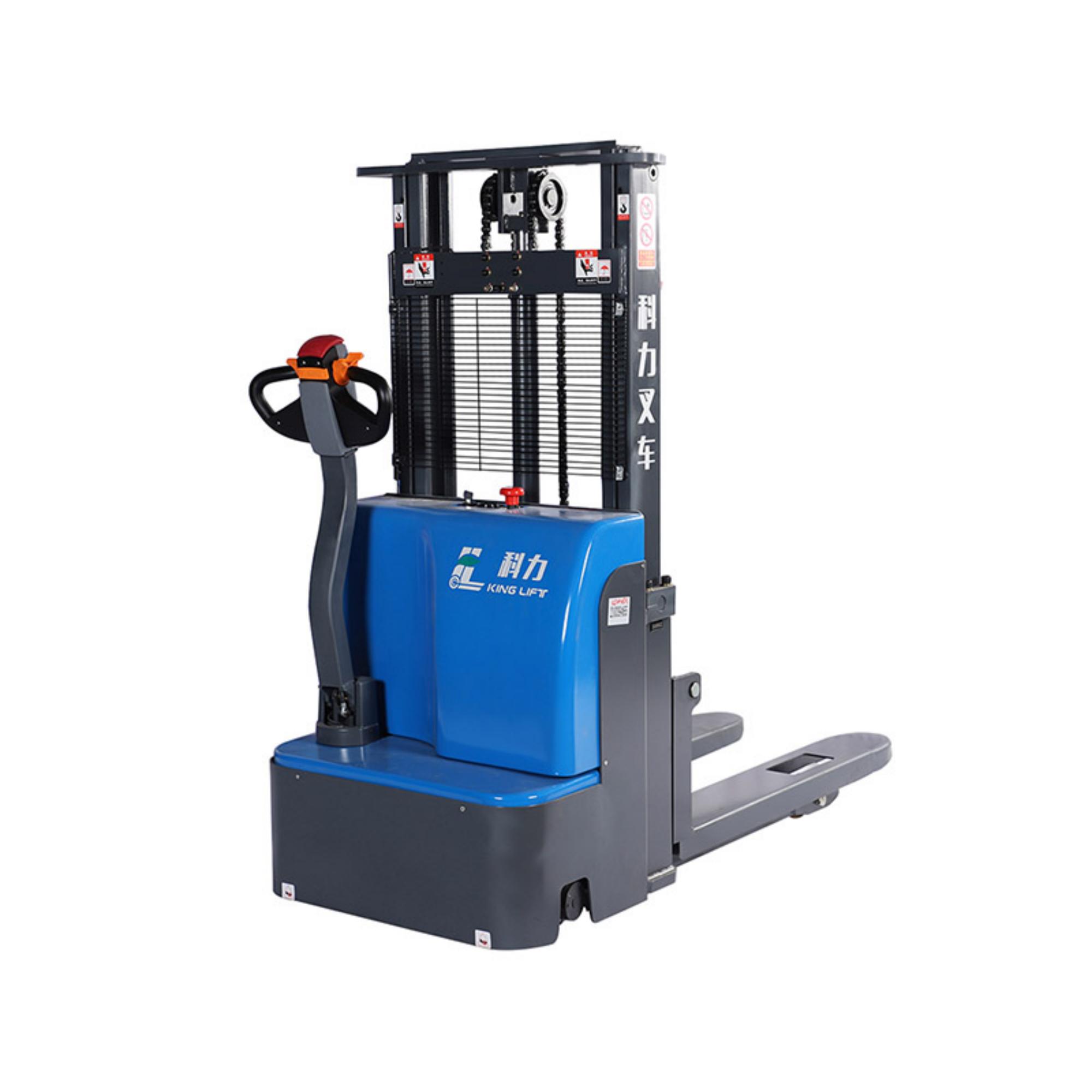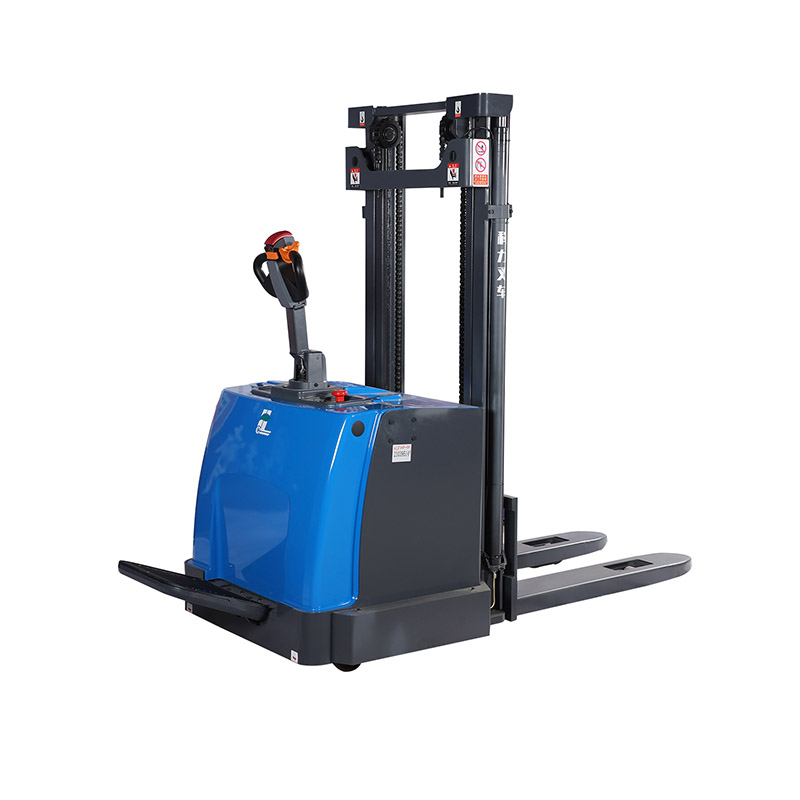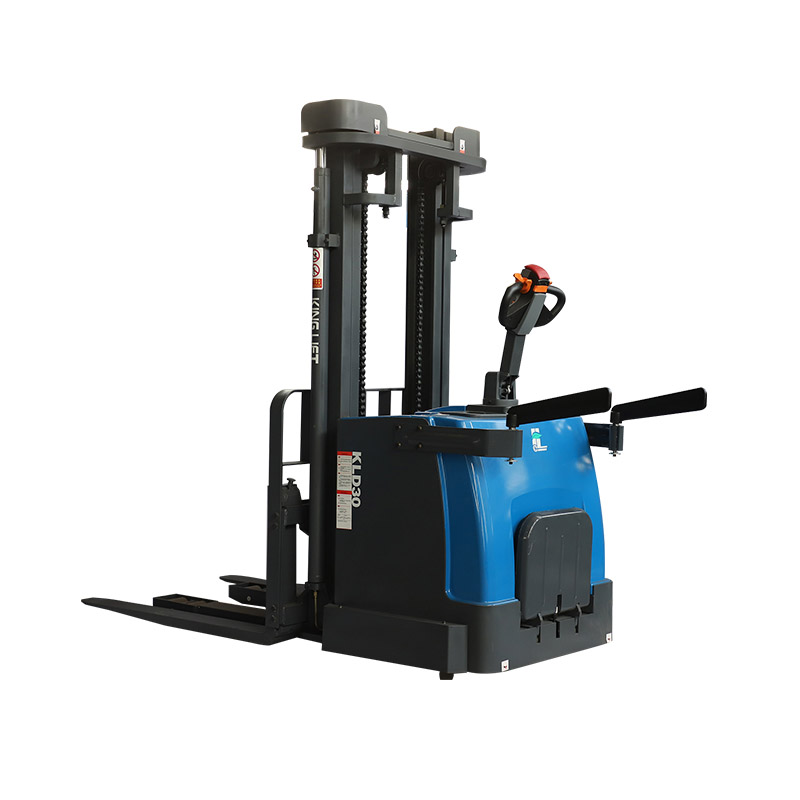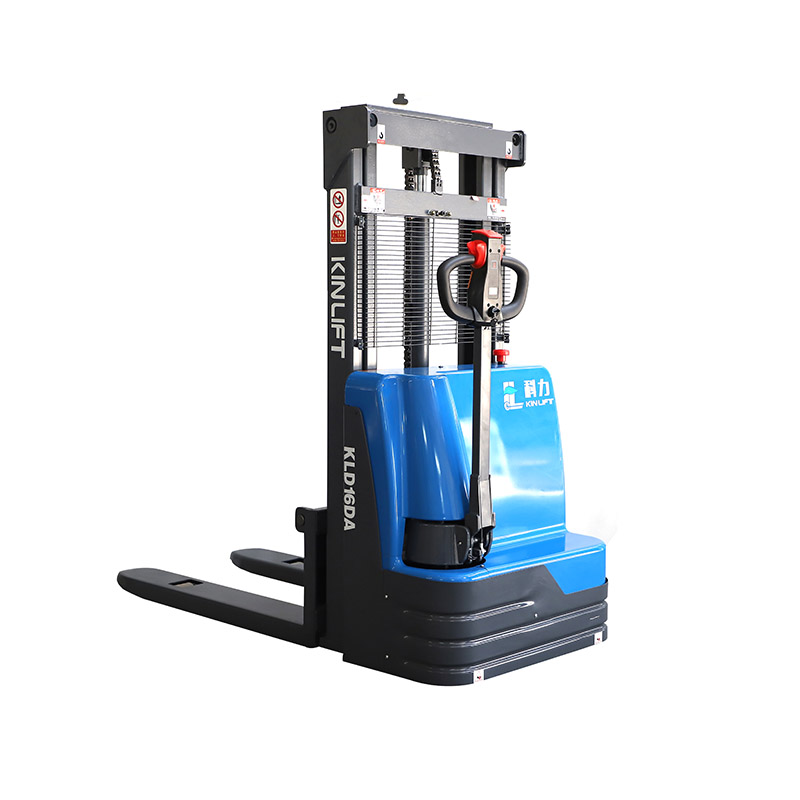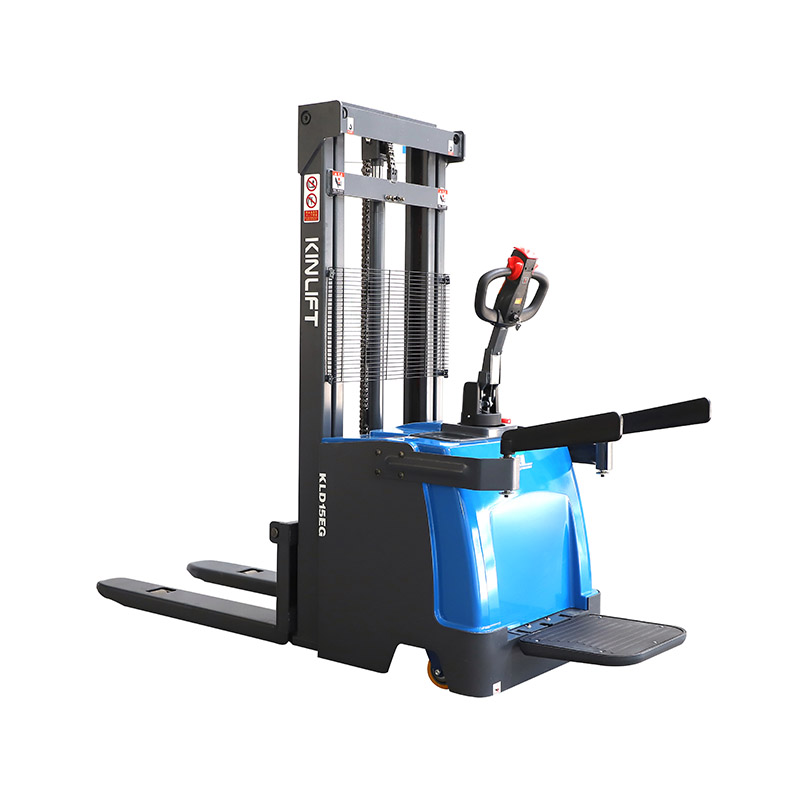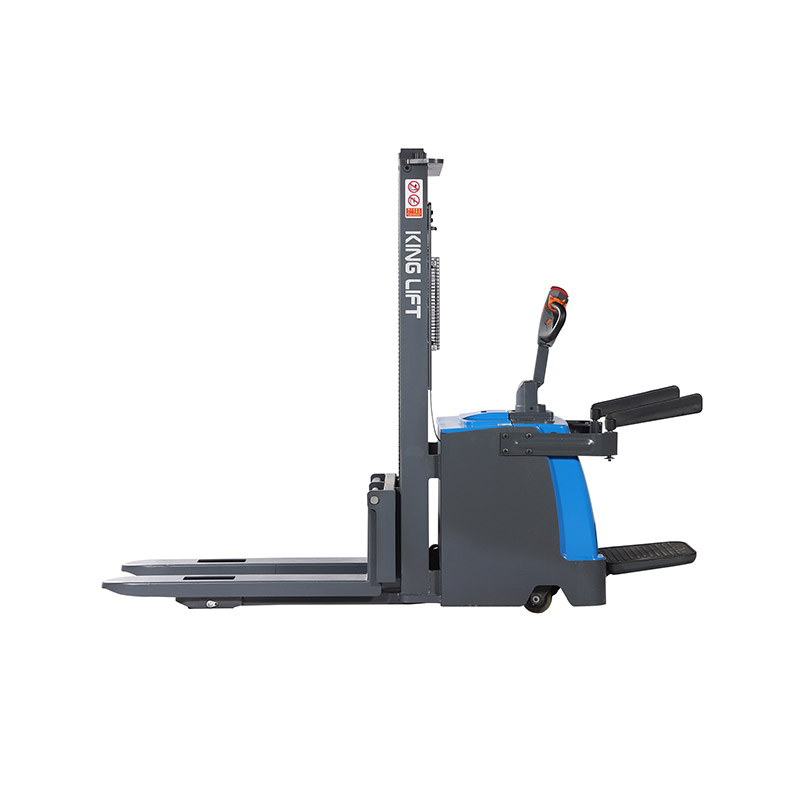With the growing demand for aerial work in modern construction, industry and maintenance industries, traditional aerial work tools, such as ladders and scaffolding, have gradually failed to meet the requirements of efficient work. With the advancement of technology, Scissor Lifts, as an innovative aerial work solution, has begun to be widely used in various work environments. With its excellent ease of operation, flexibility and improved work efficiency, it has become an indispensable aerial work tool in many fields.
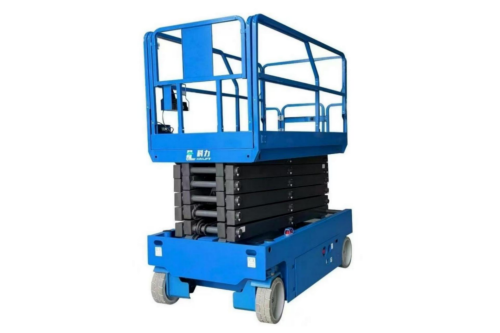
1. Limitations of traditional tools: efficiency bottleneck of aerial work
In traditional aerial work, operators often rely on tools such as ladders and scaffolding to complete tasks. However, the use of these traditional tools is often accompanied by a lot of time waste and safety hazards. First of all, the ladder requires operators to go up and down frequently to adjust between different heights and positions. This not only increases the physical exertion of operators, but also reduces work efficiency, especially when the working height is large, frequent up and down ladders consume a lot of time and energy.
Secondly, although scaffolding can provide a larger working platform, it usually takes a long time to build and dismantle, and is easily restricted by space during transportation, and cannot flexibly meet the changing work needs. More importantly, the flexibility and stability of traditional aerial work tools are poor during the operation process, which can easily lead to inconvenience in operation, work interruption, and even safety accidents.
2. Advantages of Scissor Lifts: Improve operation flexibility and reduce time waste
Compared with traditional aerial work tools, Scissor Lifts can significantly improve the flexibility of operations and reduce time waste with its excellent design and performance. The scissor lift platform can adjust the height of the platform at any time according to the work needs through the electric lifting mechanism. The operator can quickly raise the platform to the required position with a simple control button. Unlike the complexity of traditional tools that require manual operation, Scissor Lifts can provide faster and more accurate lifting operations, avoiding the physical exertion and time waste caused by going up and down the ladder.
In addition, the design of Scissor Lifts greatly improves the flexibility of operations. The platform can be easily transferred between different workplaces and can quickly adjust the working angle and height in a limited space. This means that operators can adapt to the changing working environment more quickly when completing tasks, without wasting time by relocating tools or changing work positions.
3. Improve work efficiency: stabilize the platform and reduce the handling of personnel and tools
Another significant advantage of Scissor Lifts is that it can provide a large-area, stable work platform to accommodate multiple operators and tools. Compared with traditional ladders and scaffolding, scissor lift platforms can reduce the need for personnel dispersion and tool handling, and reduce the efficiency loss caused by frequent adjustments of work positions. Especially when performing large-area, high-intensity operations, operators can perform multiple tasks simultaneously on a stable work platform, greatly improving work efficiency.
For example, when performing high-altitude operations such as power maintenance, building installation or equipment maintenance, operators no longer need to go up and down ladders many times, or frequently move tools and equipment. Through the rapid lifting and lowering of the platform, workers can complete more work tasks in one location, greatly reducing waiting and unnecessary time consumption during the operation process.
4. Improve work safety and reduce operational errors
In addition to improving work flexibility and efficiency, Scissor Lifts' performance in work safety is also not to be ignored. Compared with traditional ladders and scaffolding, scissor lifts provide a more stable working environment. Operators do not need to worry about platform instability, loss of balance and other issues, and can focus more on the work itself, thereby reducing safety accidents caused by improper operation or external interference.
In addition, modern Scissor Lifts equipment is also equipped with advanced safety protection designs, such as anti-tilt devices and safety guardrails, which further ensure the safety of operators in aerial work. These designs not only ensure the stability of the platform, but also prevent operators from accidentally falling during the operation process, improving the overall safety of the operation.
5. Intelligent operation, simplified operation process
Another advantage of Scissor Lifts is its intelligent control system, which can be operated by simple buttons or remote control devices. Compared with traditional aerial work tools, scissor lifts are easier and more intuitive to operate. Operators do not need complex operating skills or long-term training. They only need to understand basic lifting controls to quickly get to work. This not only reduces training costs, but also greatly improves the work efficiency and operating comfort of operators.
Going further, modern Scissor Lifts equipment can also monitor and diagnose faults through intelligent systems to ensure stable operation of the equipment. These intelligent functions further improve the safety and efficiency of operations and avoid work delays or safety issues caused by equipment failures.
6. Reduce physical consumption and extend working time
Traditional aerial work tools, especially ladders and scaffolding, often require operators to climb and move repeatedly, causing great physical exertion. This not only increases the fatigue level of operators, but may also lead to accidents due to physical exhaustion. In contrast, Scissor Lifts can provide a more labor-saving working environment. Operators can easily complete lifting and lowering by simply operating the control button, avoiding the physical exertion of climbing ladders or carrying heavy objects. This labor-saving design allows workers to maintain high work efficiency and work efficiently for a long time without being easily fatigued.


 English
English русский
русский